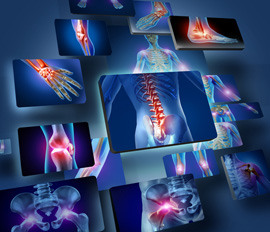Orthopaedic testing and treatment
In order to assess a client correctly and solve a presenting issue, problem, pain, restriction or injury first and foremost a deep understanding of Anatomy and orthopaedic testing is a must. Subjective and objective analysis of certain movements performed by the client will lead the therapist to understanding which muscle, muscle groups are not performing or over-performing in a way to retard the natural symbiotic movement for a particular joint or joints. Knowing what available range should be had on multiple planes of human movement is key to compare what range the existing client in front of you has.
Is the joint being “guarded”, or assisted to fudge the movement or is the movement true? Is the movement being initiated correctly throughout the sequential firing pattern from the central Nervous system or are some muscle jumping the gun with their contribution or not working together as a group.
Re calibrating movement by addressing the length tension relationships of various groups or deactivation of trigger points which are overacting and over initialising movement is a good start to correcting movement. When the body is injured, the guarding of a joint means that other soft tissue will overwork to send the stress around the aggravated area to protect it, which is great in the short term but will lead to long term imbalance and incorrect movement. Absolute correct anatomy and perfect length tension relationship are achievable in identifying underlying issues with orthopaedic testing. Then appropriate therapy can be applied to correct the issue.

